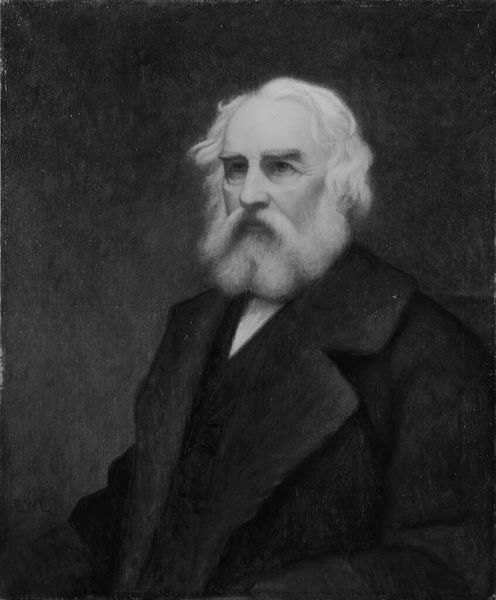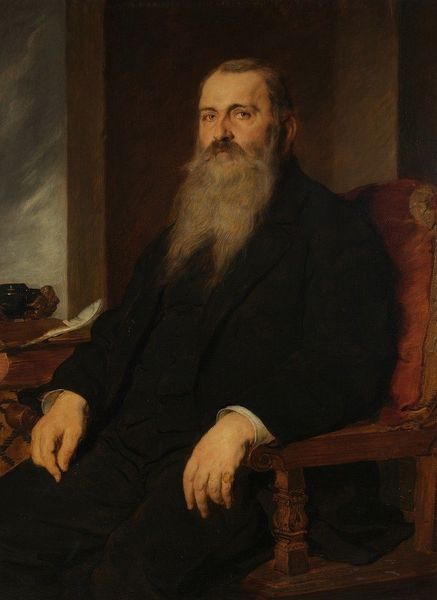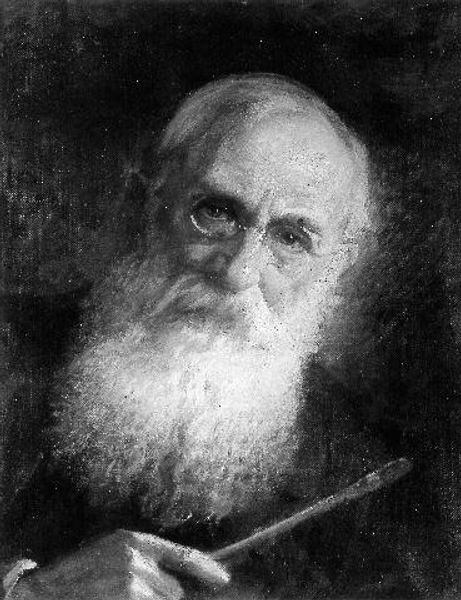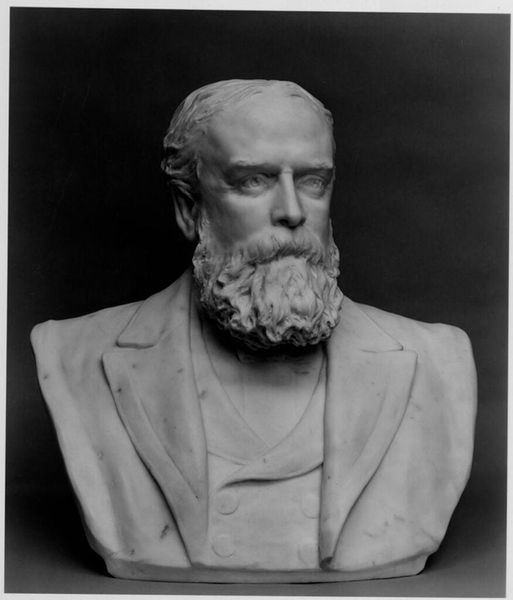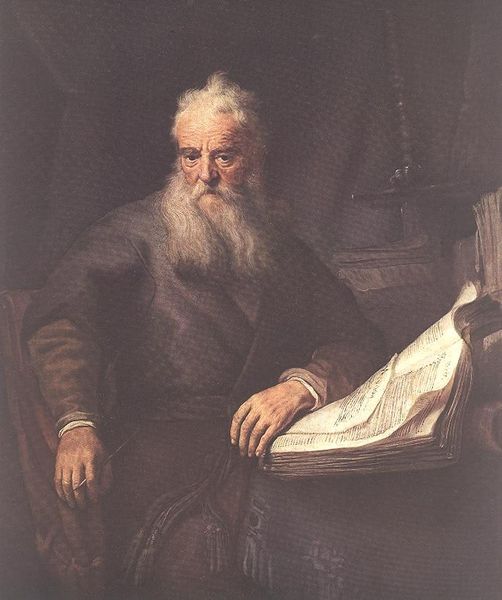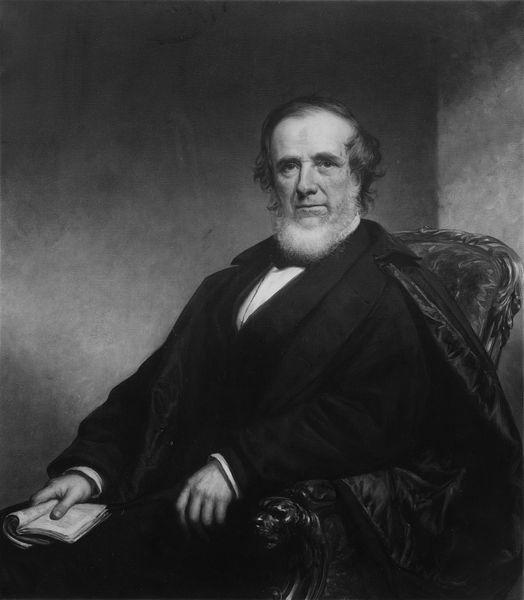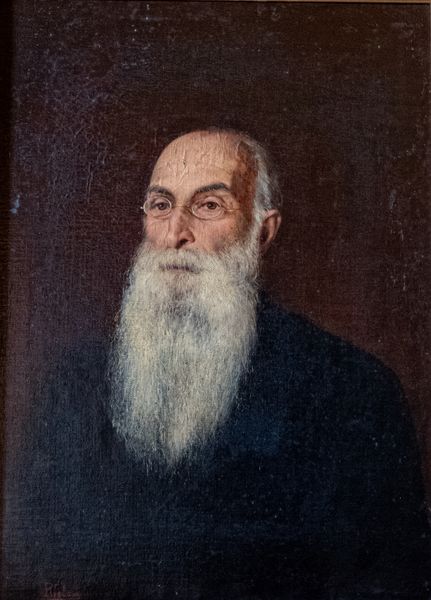
painting
#
portrait
#
portrait
#
painting
#
academic-art
#
realism
Dimensions: 54 1/4 x 44 in. (137.8 x 111.8 cm)
Copyright: Public Domain
Editor: So, here we have Daniel Huntington's "William C. Prime," painted in 1892. It’s a portrait, oil on canvas, and currently at the Met. It strikes me as a very traditional, almost…stately depiction. What's your take on this, in terms of what it tells us? Curator: It's certainly more than *just* a stately depiction. This portrait speaks volumes about the sitter's position, power, and the artistic conventions of the late 19th century. William C. Prime, we must remember, was a lawyer, art critic, and journalist during a time of significant industrial and social upheaval. Editor: Right. The Gilded Age. Curator: Precisely. This context is crucial. Huntington's portrait, while seemingly straightforward, participates in constructing a narrative of intellectual authority and social standing. Notice the carefully arranged books, the scholar’s robes...how might these elements reinforce prevailing class structures of the time? Editor: They seem to imply a life of scholarly pursuit and refinement, which was definitely not the reality for many back then. Almost a deliberate contrast. Curator: Exactly. And Huntington, a successful portraitist of prominent figures, was complicit in this construction. How does his choice of realism contribute to legitimizing Prime's image and the values he represents? Editor: Realism gives it a sense of objectivity, of capturing the "true" essence of the man, even if that essence is carefully curated. But in doing so, does the work fail to highlight the lived realities of those who existed beyond such power? Curator: Indeed. By focusing solely on figures like Prime, artists risk obscuring the narratives of marginalized communities. Art, as always, reflects power dynamics. What are the responsibilities that emerge in the presence of this inequity? Editor: This makes me see it completely differently. It's not just a portrait; it's a statement about who held power and how they chose to be seen. Curator: And how that representation continues to impact our understanding of that period, for both good and ill.
Comments
No comments
Be the first to comment and join the conversation on the ultimate creative platform.
